Smart businesses blog regularly on their websites to enhance their search engine placement, fuel their social media strategy and position themselves as subject matter experts. Sadly, many businesses miss key aspects in their blogs, sabotaging their effectiveness. Last week as I was evaluating a blog for a business that was using a cut-rate blogging service I discovered several key deficiencies that were hurting their results. In this article you’ll learn the key aspects of effective blogs.
1. A Great Title
The most important part of your blog post is the title. If you don’t capture the reader’s attention you might as well have not written the blog. And, if you don’t provide Google with good keywords to index, your blog will be less effective.
In the title to this article, we attempted to do both. First, a good title grabs the readers’ attention:
- Six Ways To…
- Why Smart CFO’s…
- How To Make Sure…
Your title should also include keywords related to your offering.
2. Subheadings To Guide The Reader
 Readers skim articles to decide if reading the article is worth their time. Nobody likes to read huge blocks of text without subheadings. The subheadings in your article should summarize the key points of the article while enticing the visitor to actually read the article.
Readers skim articles to decide if reading the article is worth their time. Nobody likes to read huge blocks of text without subheadings. The subheadings in your article should summarize the key points of the article while enticing the visitor to actually read the article.
Here’s a quick hint. Use the Heading 1, Heading 2, Heading 3 paragraph formats in your blog editor. This will make the blog look professional. Google also looks for these formatting tags as the article is indexed.
3. A Relevant Picture
Every blog needs a picture that relates to the blog topic. Cut-rate blogging services don’t include pictures because of the time and licensing costs. Our blogging team tells me that it usually takes them about as much time to find a picture as it does to write the article. This effort is important. Not only will adding a picture make the article more attractive to your website visitors, this image will also appear when your blog article is shared on social media sites.
Be careful here: you need to license the images. You can do this from websites like www.istockphoto.com or www.fotalia.com. Pictures should also include alt-tags. This is basically a description that Google can use to index your pictures, enhancing the search engine effectiveness of the blog.
4. Page Title and Description
Have you ever wondered how to change the text that comes up in a Google search result? You do this by changing the page title and page description. When you write your blog make sure to pick a good title and add brief description that will entice searchers to click on the link. The title and description should also contain the keywords you’d like your business to get ranked for in Google.
5. Cross Links
Inside the body text of your article look for ways to link to other pages of your website or other blog articles. For example, if I’m writing about social media, I might link to the blogging page of our website that describes how we manage social media for businesses.
Cross-linking to other pages on your website keeps the reader engaged. It also helps Google index your content, raising your placement in search results. Here’s quick hint on links: if you link to a page outside your website have the link open a new window to ensure that your website will still be there when the reader closes the tab for the other website.
Need Help Blogging?
Blogging take a lot of work. You need to be consistent. Plus you have to have custom content.
We’ve found the best formula is to engage a professional blogging company like ours that understands the industry. This ensures that you get a consistent baseline of content on your website. With that in place, we also encourage you to have subject matter experts at your business submit articles for your blog. Together, this will create a healthy stream of useful information for your website visitors and Google.




